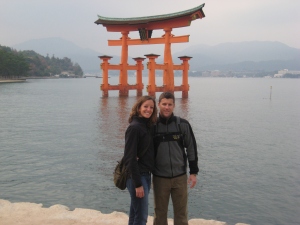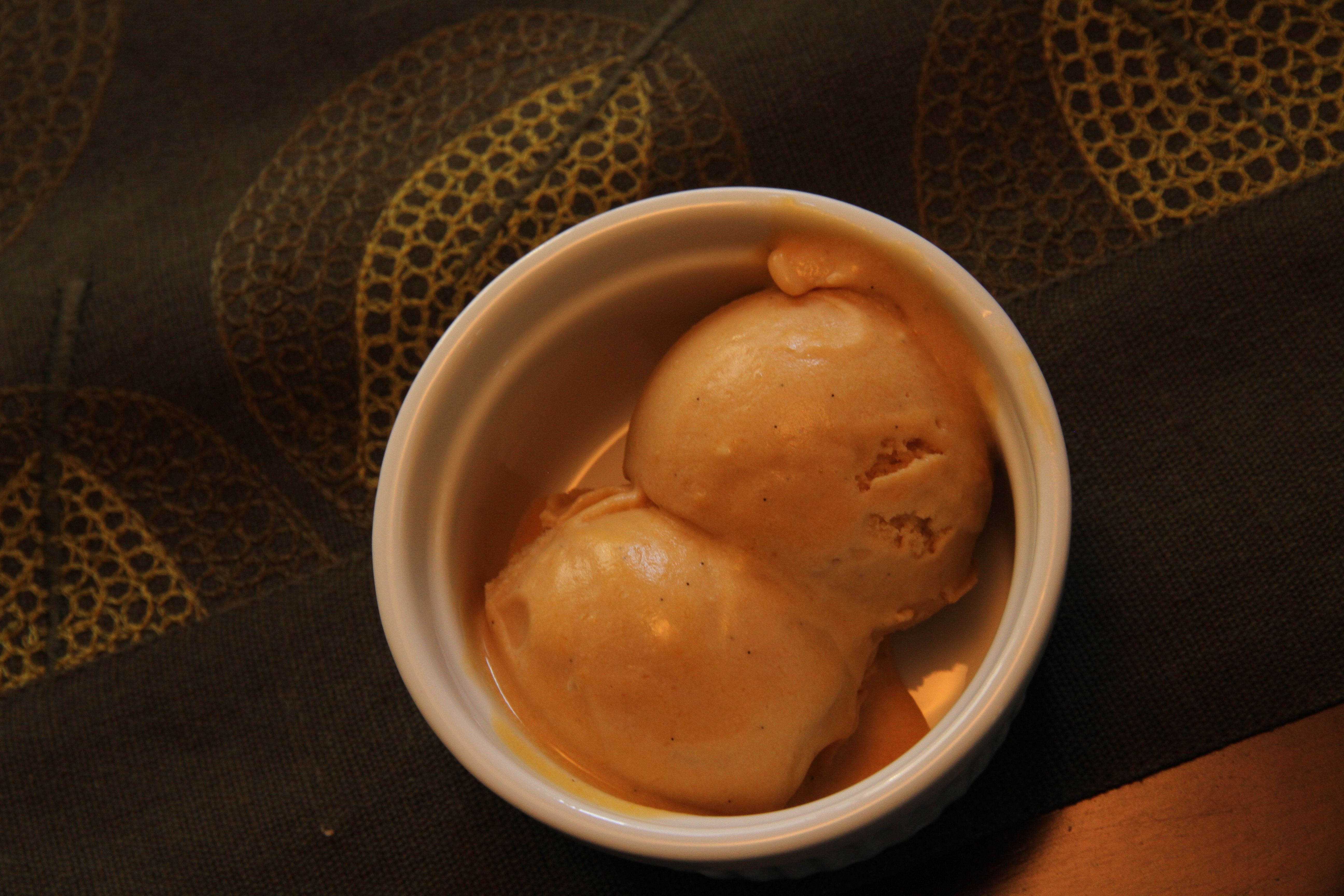Laying in my bunk, I feel far from rested. The night before was a chorus of snoring, the coming and going of footsteps, and the tossing and turning of my 50+ roommates. It crescendos with a few early risers packing their bags at first light and yet still I lie here in my bunk trying to mentally prepare myself for the day ahead. My muscles ache, the soles of my feet are tender from the constant pounding on pavement, and my bummed knee is painful and swollen. Worst of all, my mind is racing and I wonder if I’ve gotten myself in too deep.
Today would be another long day on the trail, over 20 kilometers in mountainous terrain, and I am already only dreaming of being there. “There” being that night’s albergue, or pilgrim hostel, where I will be able to take a quick lukewarm shower, prop up my knee, repair the blisters on my feet, and try to coax myself to sleep amid the noise again. But I know that this isn’t how it’s done; you have put in the work and effort.
The Camino de Santiago is a religious pilgrimage with routes all over Europe leading to St. James’ tomb in northwestern Spain. There are numerous routes but the primary one is Camino Francés which starts in the French border town of St. Jean Pied de Port in the Pyrenees and makes its way 796 kilometers (495 miles) to Santiago de Compostela. In 2013, my husband and I flew to Spain to hike approximately two weeks on the Camino Francés. It has now been seven years since I was on the Camino, but I often find my mind drifting to those memories, experiences, and lessons.
Throughout Spain’s State of Alarm, I experienced several mornings similar to the one along the Camino de Santiago. Lying in bed, wondering how I was going to get up and face the day – a day full of unknowns – and I often found myself pulling on the lessons learned over those several weeks on the trail.
Now I realize that finding parallels in two vastly different experiences sounds slightly absurd. One kept me moving, changing beds every night, and meeting countless people from around the world; the other left me at home alone with only my family members, unable to go on long walks or hikes during the lockdown, and connected to the outside world primarily via screens. However many of the lessons are still relevant, just with a different context.
One Step Forward. The first lesson is possibly the most important. Taking that first step forward, no matter how little or small. Get out of bed. Pack your bag. Hit the trail. Once up and moving (hobbling?) down the trail, the stiffness in my muscles would begin to fade as did the soreness in my feet. I became more focused, settled into my pace for the day, and reached that day’s destination before nightfall.
The phrase “one step forward” was heard more times than I can count along the Camino. It was used as a motivator by albergues’ proprietors, nuns and priests, bar owners where you stopped for a café con leche, and fellow pilgrims. Initially it felt clichéd but I began to look forward to it because the general sentiment behind it was of encouragement or motivation. They believed in me, some times more than I believed in myself, that I would make it to Santiago de Compostela by only taking that first step forward. One step, one hundred meters, one kilometer felt so much more manageable than the end goal.
Many times, throughout the State of Alarm, I’ve had to just remind myself – whether with big or small steps – to just push forward. Find the one task that I could manage that morning and hope that this first task, or step, would keep me moving forward.
It’s hard – physically and emotionally. On the Camino, my sole task was to get up each morning, pack up and start walking. I only had to worry about my basic necessities of eating, sleeping, and caring for my body, but that didn’t make it easy. There was anger when I slipped on mud during a steep descent and twisted my knee, tears when I realized the Camino I envisioned wasn’t going to happen as I had hoped, excitement as I entered Santiago de Compostela with my fellow pilgrims and sat in front of the huge cathedral realizing this journey was over, reflection during the pilgrims’ mass that culminated my experience, and mourning as I realized that the Camino experience was ending and I now had to return to the real world again.
There’s no doubt that this pandemic, Spain’s State of Alarm and the following months have been and are hard. We are inherently social and lean on each other for support. We are used to traveling and exploring, especially while being stationed in Southern Spain. We are used to being selfish in our wants and needs. The State of Alarm has forced us to remove all the outside chatter and focus on two simple tasks – stay home and stay healthy.
Working toward a common goal. Throughout the Camino, everyone was working toward that common goal of reaching St. James’ tomb in Santiago de Compostela’s cathedral. It’s hard to put into words the feeling of all that energy flowing toward one central point. How at each marker, nightly stop, and kilometer, everyone was closer to that goal and excitement was building.
This pandemic has yielded similar feelings of togetherness. Things such as my children’s joy when they produced their “Todo Irá Bien” (everything will be ok) rainbow poster to hang in the window, being able to connect with my family more often since everyone was home at the same time despite a time difference, and the fact that as humanity, we are all working toward that common goal of flattening the curve, protecting those around us, and keeping our community healthy.
Finding a community. Which brings me to my next lesson, finding community. Community is probably the most contradictory phase given the isolative state of this pandemic. However, a community’s bond is formed through a shared experience, and it would be hard to argue that this pandemic has not been a worldwide experience. On the Camino, the community was formed from fellow pilgrims, albergue owners, restaurants and cafes along the way, and the people who entered and exited the Camino along my path.
The Coronavirus Camino has been finding my community online through social media, Zoom, texting and calls. It’s been a chance to reignite friendships that have taken the back burner due to the busyness of life, being able to connect with family more frequently, or meeting new friends virtually. During this time, I realized the value of my community and will take these lessons and connections with me and incorporate them into my everyday life from here forward.
It’s lonely. While there were hundreds of other pilgrims on the Camino, I had plenty of moments of quiet time to reflect. I had to turn inward. I had to deal with some unwanted thoughts, feelings and beliefs that I would usually push aside but because no one else was there to deal with those thoughts, it fell to me.
Throughout the past several months, it’s been weird to only interact with friends via computers and phones, to only interact with my family members on a daily basis, and to know that we really won’t return to the fully social life we had before anytime soon. It has required me to turn inward, find the strength within, look for ways to balance myself, take the time for self-care, and ultimately, reach out for help if needed.
The power of a “rest day.” After several days on the trail, we usually planned a “rest day.” Typically they coincided with a larger city so the day was filled with sleeping in (in a big comfy hotel bed!), a little sightseeing, taking that midday nap, and probably catching up on laundry or cleaning our gear. That said, I was usually restless by the end of the day, ready to begin moving forward again and catching up with our Camino friends on the trail.
There were many days throughout the lockdown where I struggled, or felt guilty, for a rest day. In this time where there was no line between work and home life, or personal and family time, a day of rest was what I needed for my body and mind to process everything. Taking a day “off” to linger in bed a bit longer, go on a Netflix binge or finish that book, taking a long walk on the beach; basically anything to recharge my mind, body and soul. Just don’t stay in the rest mode too long!
It’s ok to be sad. As I approached Santiago de Compostela, I was surprised to feel a sense of sadness come over me, and I was not alone with many of my fellow pilgrims expressing the same sadness. While we were elated to finally reach our destination, we were already beginning to grieve no longer being on the trail and the experiences that come with it.
Like many, I’ve been saddened by missed vacations or social activities that we’ve had to give up since the pandemic began. Or as we begin to move about more, I find myself missing some of the simplicity of life at home during the lockdown. During these challenging times, it’s ok to be sad. There is a lot of truth in the saying “life’s a journey, not a destination.” This time will be full of emotions as you look back but hopefully you will see the good as much as the bad.
The Second Camino. The general sentiment along the trail is that upon arriving in Santiago de Compostela, a pilgrim would begin their next Camino. It was rarely more defined, and was simply left for the pilgrim to figure out. For some, it may be a spiritual one, or one spent applying Camino lessons to their everyday life, or for others still, another physical pilgrimage somewhere in the world. That was left up to the individual to figure out.
While we don’t know what the rest of 2020 will hold for us. I hope that you view this next stage as the next Camino. To remember the knowledge and lessons learned over the past several months, apply them to your current life, and most importantly, take that first step forward. Buen Camino!
Note: This commentary first appeared in Naval Station Rota newspaper, Coastline, on September 24, 2020.













































